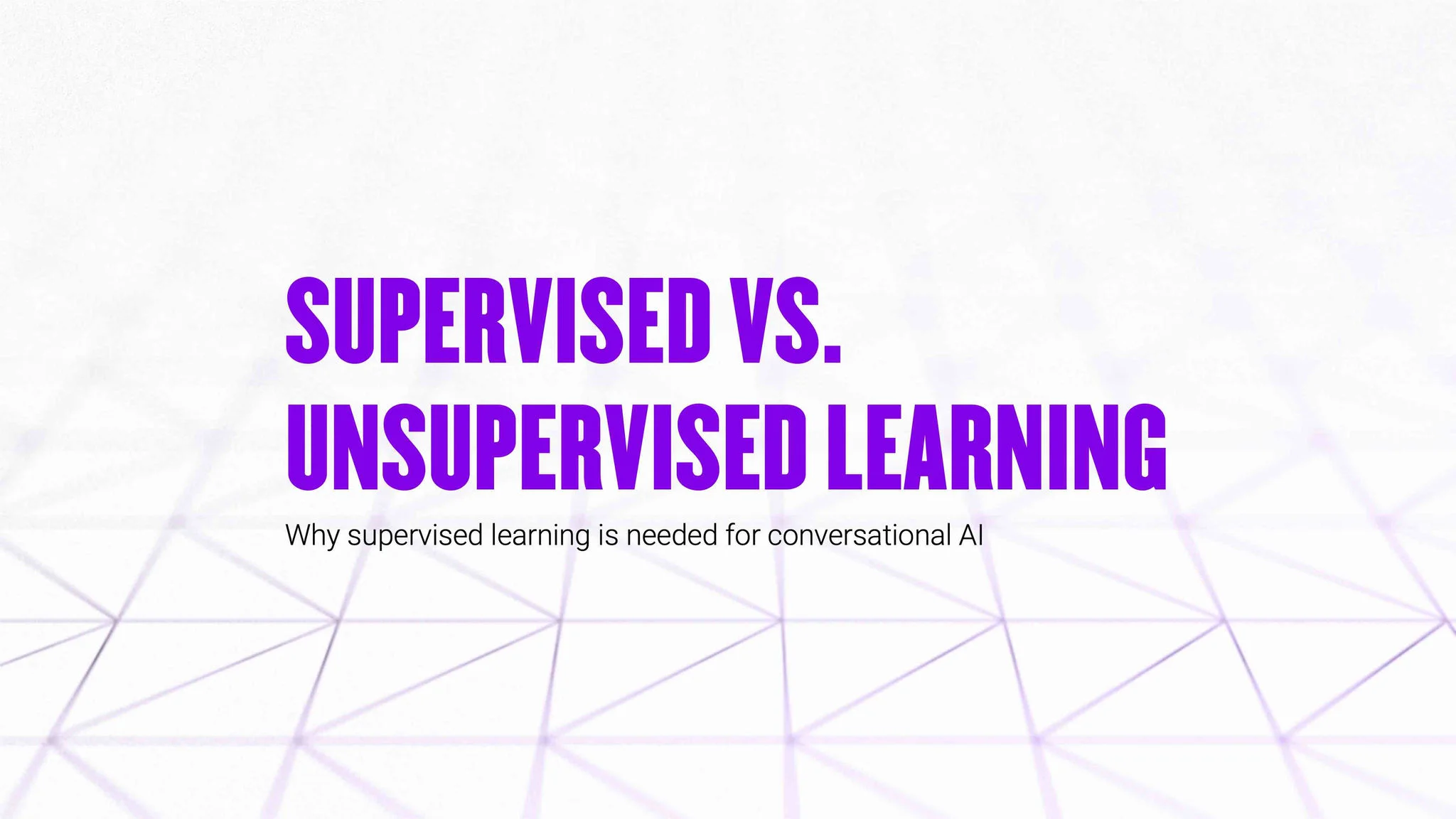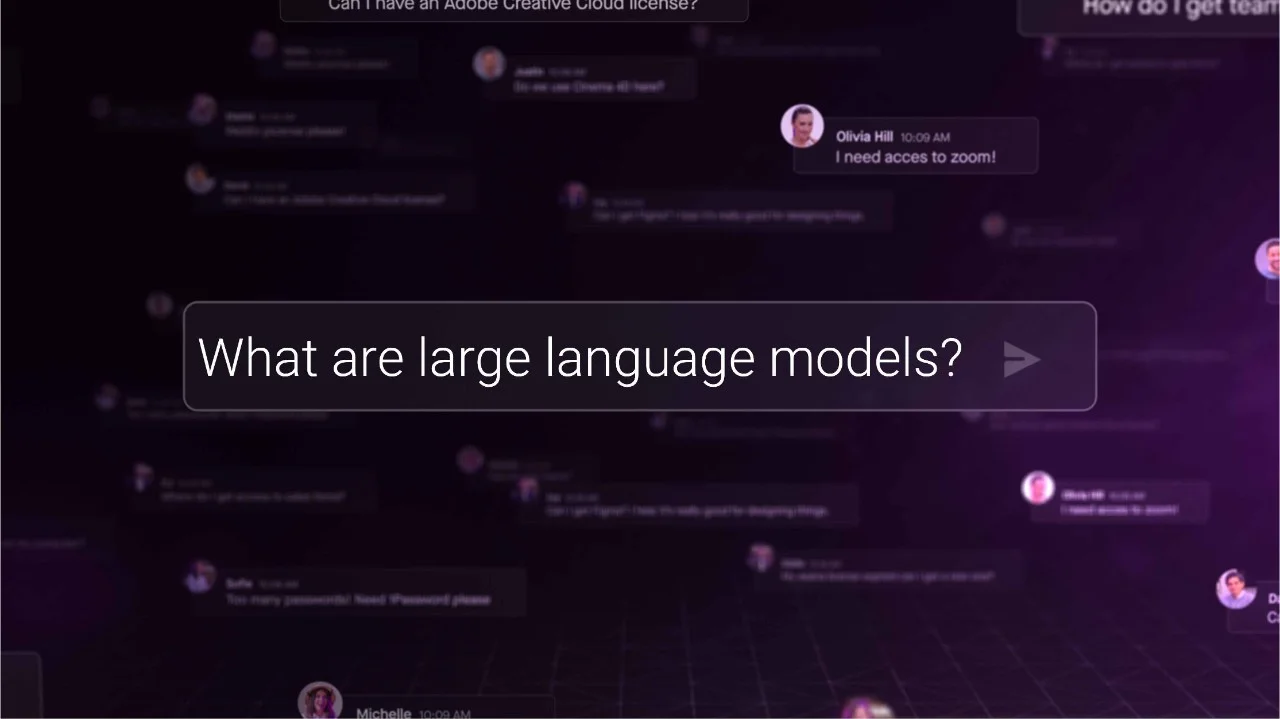- Text 1
How does steerability work?
Steerability refers to the ability to guide or control an AI system's behavior and output according to human intentions or specific objectives. This involves designing AI models with mechanisms that understand and adhere to the preferences provided by users, while avoiding unintended or undesirable outcomes.
There are several key techniques for improving the steerability of AI systems:
Fine-tuning: Further training an already-developed AI model on new data representing the preferred behaviors and outputs. This refines the model to align better with intended uses.
Rule-based systems: Incorporating explicit rules and constraints that govern allowable behaviors and outputs. The AI cannot violate these programmed rules.
Human feedback loops: Building in ongoing checks where humans review AI behaviors during operation and provide corrections/feedback to realign the system.
Value alignment: Developing techniques to embed human ethics, values, and preferences directly into the AI model architecture and training process.
Explainability: Enabling AI systems to explain their reasoning and behavior in human terms, allowing understanding and tweaking.
- Modular design: Architecting AI systems with multiple modules that can be individually optimized for steerability as needed.
The overall goal is to create adaptable AI systems that can dynamically align with nuanced human preferences and values as they operate in the real world. This requires extensive iteration, testing, and refinement during development to ensure robust steerability prior to real-world deployment. With responsible design, AI can remain helpful, harmless, and honest even as capabilities grow more advanced.
Why is steerability important?
Steerability is a crucial property for reliable and safe AI systems. Without good steerability, AI risks behaving in ways that diverge from user intentions. This could lead to harmful impacts on individuals or society.
Steerable AI systems are easier to correct course if behaviors start to go awry. They are also more readily controllable across diverse real-world settings. This flexibility and human-alignment is key for deploying AI that remains helpful over time.
For companies leveraging AI technology, steerability provides assurance that their AI systems will act predictably and align with organizational values and policies. This helps mitigate brand, legal, and ethical risks that could arise from loss of control over AI behaviors.
Why does steerability matter for companies?
Steerability is a crucial capability for companies looking to leverage AI technology responsibly and effectively. Here are some of the key reasons it matters:
Risk reduction: With good steerability, companies reduce the risks of AI behaviors that are illegal, unethical, or harmful. This protects from regulatory, legal, and PR problems.
Auditability: Steerable systems enable robust auditing and verification of AI behaviors, crucial for compliance and trust. Opacity risks come with unsteerable "black box" AI.
Agility: Companies can rapidly refine and update AI behaviors in response to user feedback with steerability. This is essential for agility.
Trust: By demonstrating human oversight and control over AI, companies build customer and stakeholder trust in their AI systems.
Compliance: Steerability helps ensure AI complies with relevant regulations, internal governance policies, and regional/cultural norms.
Customizability: Companies can customize AI per use case or locale by leveraging steerability techniques like fine-tuning.
Future-proofing: Steerable AI is inherently more resilient and adaptive to change. It sustains reliability as environments and needs shift.


